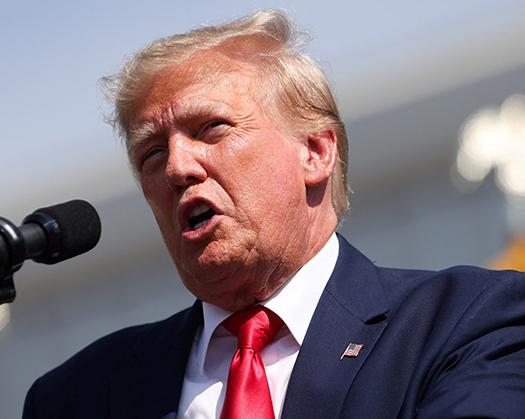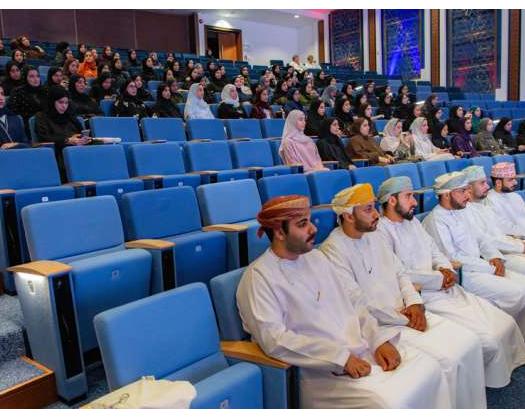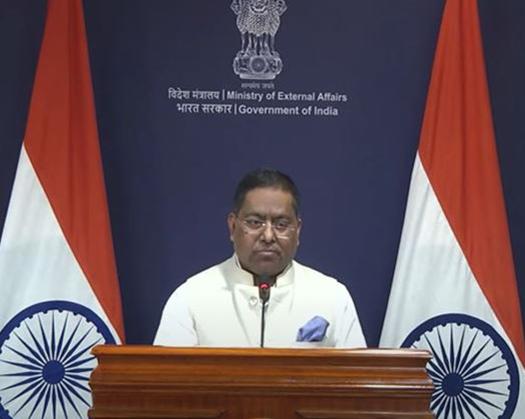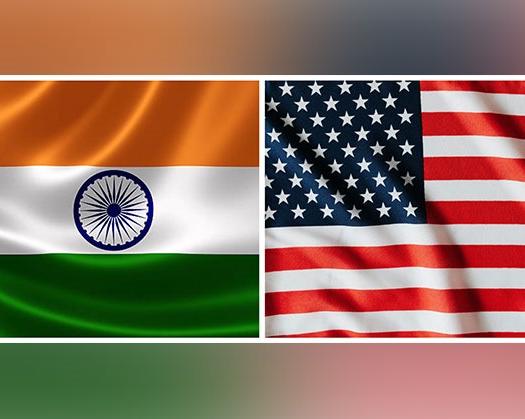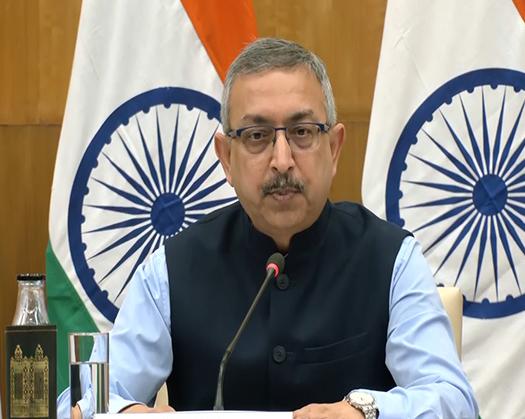Washington, DC: On Wednesday, the 50% tariffs on imports from India to the United States became law. The U.S. Customs and Border Protection (CBP) had previously issued a draft notice stating that the order would take effect on August 27.
The supplementary responsibilities are being imposed in order to implement the President's Executive Order 14329 of August 6, 2025, titled Addressing, the notice states. The Government of the Russian Federation's threats to the United States.
A new import tariff rate for Indian products was established by the order. The action comes after U.S. President Donald Trump announced a 50% increase in tariffs on Indian products.
According to the CBP, the Secretary of Homeland Security has decided that changes to the Harmonized Tariff Schedule of the United States (HTSUS) are required by the executive order.
All Indian items that are either brought into the U.S. for consumption or taken out of warehouses for consumption are subject to the higher duties. As a result, the 50% tariffs on India's imports to the U.S. are now in effect.
Earlier, on July 30, US President Donald Trump declared that India will be subject to an additional 25% tariffs.
Remember, he said, that although India is our friend, we have not conducted much business with them throughout the years due to their high tariffs. Trump stated in a post on Truth that their nonmonetary Trade Barriers are the most stringent and unpleasant of any nation, and that they are too high—among the highest in the world. Social.
They have also historically purchased the majority of their military gear from Russia, and along with China, they are Russia's biggest customer of ENERGY. a moment when everyone wants Russia to END THE UKRAINE KILLING EVERY BAD THING! As a result, beginning on August 1, India will be subject to a 25% tariff in addition to a penalty for the aforementioned. Thank you for bringing this to our attention. "MAGA! " exclaimed the US President.
Although the 50 percent US levies on Indian products went into force on Monday, Indian Prime Minister Narendra Modi maintained his stance, stating that his administration regardless of Washington's financial pressure, will find a way out.
We will keep growing our strength to resist the pressure, no matter how intense it may be. Gujarat is providing the Atmanirbhar Bharat Abhiyan a lot of impetus today, and it's built on two decades of hard effort, according to PM Modi. during a public address in Ahmedabad on Monday.
The US Customs warning also emphasized that the increased tariffs will apply to the majority of items from India, as well as any other fees that may be relevant, such as: There are some exceptions to antidumping or countervailing charges.
It includes some items that are listed separately in the tariff schedule of the United States. The extra levy won't apply to iron and steel products, including certain of their derivatives. The same holds true for aluminum products and their byproducts.
The exemption also covers spare components for passenger cars, such as sedans, SUVs, crossovers, minibuses, cargo trucks, and pickup trucks. Additionally, the higher tariffs do not apply to semifinished copper products or certain intensive copper derivatives.
In summary, despite the 50% tariff generally covering Indian imports, some significant categories such as iron, steel, aluminum, automobiles, parts, and copper products are excluded. has been excluded from its purview.
According to a study by the Global Trade Research Initiative (GTRI), approximately 30.2% of India's exports to the United States, worth USD, are Despite the imposition of higher tariffs, $27.6 billion will continue to enter the U. S. market duty-free.
It encompasses refined light oil, gasoline, aviation turbine fuel, electronics, pharmaceuticals, and other industries.
The biggest category is pharmaceuticals, which, at USD 12.7 billion, includes a broad variety of medications, such as cardiovascular, pain, antidiabetic, immune suppressive, and cancer therapies.
Additionally excluded are electrical exports worth USD 8.18 billion, including integrated circuits, wafers, chips, solid-state storage devices, smartphones, and switching and routing gear.
The duty-free group comprises plastics, valued at USD 155.1 million, books and brochures, valued at USD 165.9 million, and gasoline, aviation turbine fuel, and refined light oil, worth USD 3.29 billion.
India's strong manufacturing base, particularly in industries like pharmaceuticals and Medical equipment will help it withstand the impact and establish new commercial ties.

